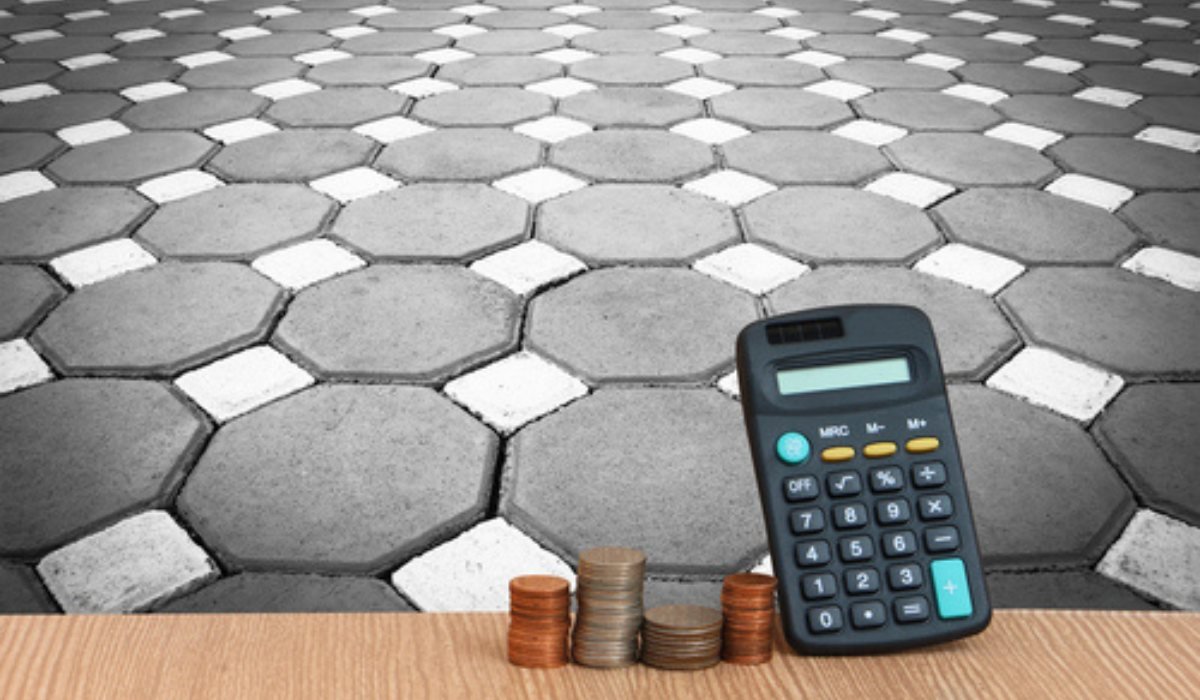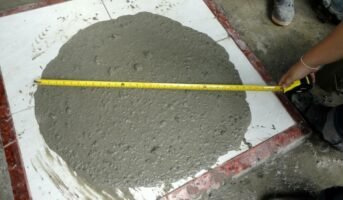In every room of your building, tiles have been incorporated. They may be applied to any surface and come in various patterns, shapes, colours, and finishes, as they are inflexible, rigid, and simple to preserve. Since tiles come in so many different sizes, it can take time to determine precisely how much tile you’ll need for a surface.
In this manner, a tile calculator can assist you in estimating the quantity of tile required for your space by figuring out the project’s square area.
Tile calculator: How do I choose the tile?
- Selecting the proper roof tile size is crucial to give your home a classy appearance.
- The larger tiles have a minimalistic style and design; at first glance, they make a significant impression on the floors.
- Large floor tiles are ideal if you want modern and minimalist decor. There are also countless options if you prefer traditional tiling.
- Because vitrified tiles are more resilient and endure longer than others, you should consider using them if cost is not an issue.
- Kitchen floor tiles typically measure 12 inches in diameter and come in various materials, including porcelain, clay, and several types of natural sandstone.
- The typical bathroom tile sizes are 8 inches, 6 inches, 4 inches, and 2 inches. Toilet surface and wall tile options range from small mosaics to enormous tiles extending for many metres.
known about square calculator for roofing
Tile calculator: Key components of tiling

Source: Pinterest
Tile size
There are many patterns and varieties of tiles. You might choose a very regular tiling pattern, which only leaves you with the three traditional shapes that can cover a plane without any gaps: triangles, squares, and hexagons. Smaller spaces can appear broader and more open and clean thanks to large tile sizes and fewer grout lines.
Size of gap
The reason gaps are usually left between floor or wall tiles. Although the average tile may look relatively similar to the next tile, they are frequently not uniform in shape and size and would only fit if fitted with gaps. Most often, grout size or lines are used to fill in these gaps.
Overlapped tiles
In some instances, such as with roofing tiles or wood siding on a wall, tiles overlap to prevent leakage rather than having a gap between them. Both of these scenarios can be taken into consideration by the tile calculator. If the used tiles are spaced apart, enter a positive value; if they overlap, enter a negative value.
Tiles waste percentage
The general rule for floor tile measurement is as follows:
Waste added to length x width = required amount.
The waste factor will change based on factors such as tile size, arrangement, room configuration, patterns, etc. The average waste factor is around 10%. If installing tile diagonally or in a room with several jogs and corners, add 15% to the price. These installations will generate more cuts and garbage.
Know about: Kitchen floor
Tile calculator: Calculating the number of tiles required per room
However, before using our tiles calculator, you must accurately calculate the area of your room. To do this, multiply the width by the length of the floor or wall in feet to obtain the square footage, or you can enter the length and width numbers straight into our calculator. The next step is to divide the space’s computed size by a tile’s surface area. The quantity of tiles needed for the site is the outcome. Then decide what size tiles you want to install in the area. We will now figure out how many tiles are required per square foot for a floor.
1) Calculate the size of the room or floor
Determine the length and width of your room in feet.
Let’s say the room’s floor is 30 feet long and 20 feet wide.
So, its dimension is 30 ft. x 20 ft. per room.
2) Determine the area of the floor or wall
The area can be determined by simply multiplying the floor’s length by the width.
Accordingly, the area of a room = length x width = 30 ft. x 20 ft. = 600 sq. ft.
3) Calculate the tiles’ size
Obtain the tile dimensions you have chosen or are considering proposing for installation.
Consider a tile that is 3 feet by 3 feet in size (36-inch x 36 inches)
4) Calculate the tile’s area
Simply multiplying the tiles’ length and breadth together will yield their area.
3 x 3 tile measurements equal 9 square feet.
5) Evaluate the number of tiles required for a floor
Use the following formula to determine the tiles required for a given floor area by dividing the floor area by the space of one tile.
Number of tiles = area of floor / area of one tile = 600 sq ft / 9 sq ft = 67
6) Include the waste amount
Because cutting is occasionally necessary for various sectors, there is always a chance of waste. Therefore, when estimating how many tiles are required for a floor, always account for at least 5% waste.
For waste compensation, increase the number of tiles by 5%.
Number of Tiles = 67 + 5% Waste
= 67 + (67 x 0.05)
= 67 + 3.35
That is approximately 71 tiles.
Tile calculator: How is a tile calculator tool used?
To use the tile calculator, adhere to these steps:
- You should enter the tiles’ length and width. If you know their specific square footage, you can also enter it.
- Pick your gap. Positive signifies a space; zero indicates none, while a negative gap denotes overlapping tiles.
- Type in the area’s measurements that you want to tile (length and width or total area)
- For tiles that were damaged or had other issues, add your waste.
- You now have the necessary number of tiles thanks to our tile calculator.
See also: Cement calculator: How to calculate the right amount of cement every time?
Tile as a flooring material: advantages
Thin slabs of low-melting clay, known as tiles, are utilised for various purposes in engineering structures. Both their outward look and their functional qualities are superb. Here are a few advantages of tile flooring over other types.

Source: Pinterest
- The tile is remarkably resistant to wear and discolouration. Tile is the perfect material to use in busy locations.
- Tile flooring also has the benefit of being water resistant. The fabric has a covering that prevents stains and water from penetrating it.
- They can last up to 20 years when installed correctly, and if you care for them, they can live even longer.
- Repairs are generally quick and easy compared to other forms of flooring. You can use another tile to replace the broken one in a few minutes.
- When it comes to tile designs, you have several alternatives. The design, dimensions, and colour of your flooring are all up to you. You can create your sizes and patterns.
FAQs
What roof tile would be the best?
The composites of clay and concrete roofs potentially surpass the buildings they are built on, with a possible longevity of over 100 years and strengths.
How can you determine how much a square metre of tiles will cost?
To calculate the rate per square foot to tile your flooring, divide the overall expense of tiling the space by the total of sq ft in the area.
Housing News Desk is the news desk of leading online real estate portal, Housing.com. Housing News Desk focuses on a variety of topics such as real estate laws, taxes, current news, property trends, home loans, rentals, décor, green homes, home improvement, etc. The main objective of the news desk, is to cover the real estate sector from the perspective of providing information that is useful to the end-user.
Facebook: https://www.facebook.com/housing.com/
Twitter: https://twitter.com/Housing
Email: editor@housing.com












